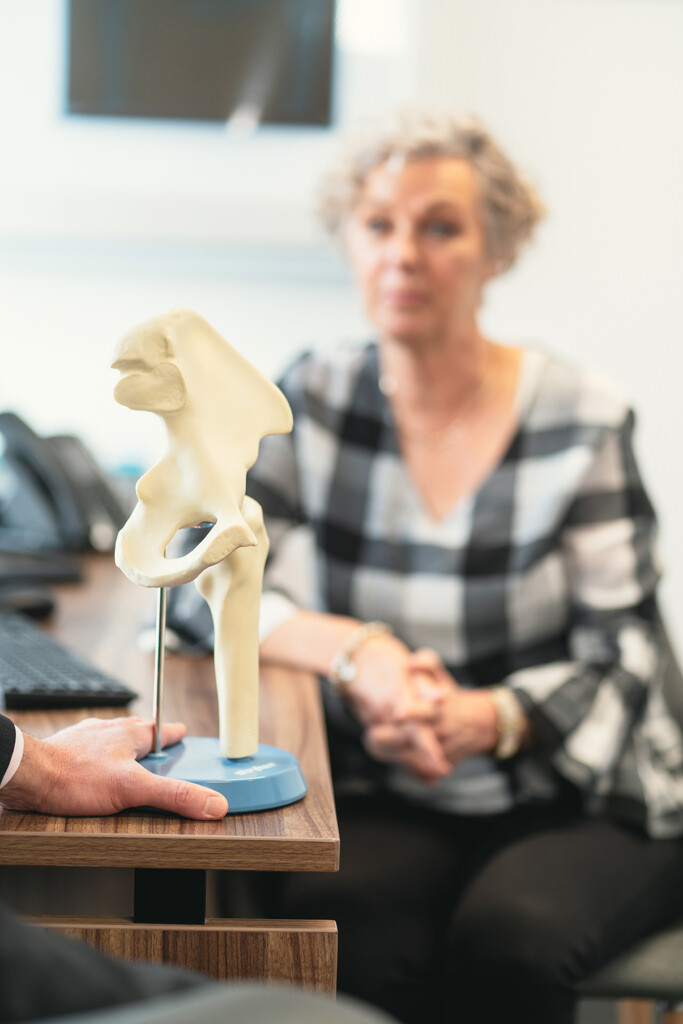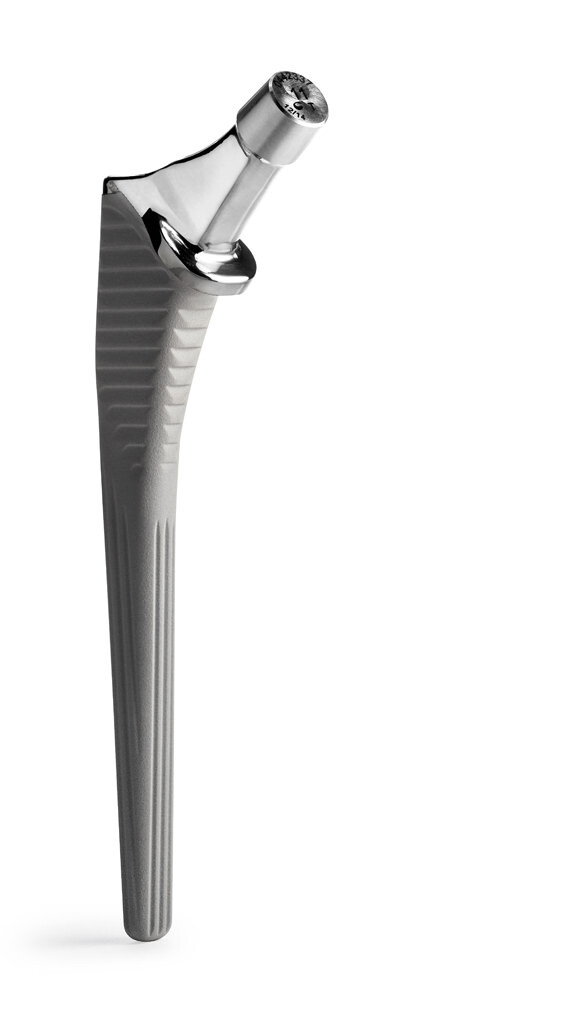Revision hip replacement
Hip replacement is one of the most successful surgical procedures in history, although not all hip replacements last. In some circumstances, further surgery is required later on to correct defects or replace degraded components.
A revision hip replacement involves removing part or all of a failed hip implant and replacing it with a new prosthetic. In 2019, 8.4% of all hip replacements performed in Australia were revision procedures.

When is a revision hip replacement needed?
The goal of the surgery is to relieve pain and symptoms caused by a failed hip replacement surgery.
Failure may happen soon after the initial surgery (due to infection, poor placement, or the body rejecting the implant), or many years afterward (by bone loss, fracture, or general wear-and-tear).
Like any mechanical component, hip joint implants have an expected life span. This is because the joint produces friction as it moves, which gradually wears down the material it’s made of. Most hip replacements last 15-20 years, although advances in medical technology and surgery are gradually prolonging this.
Indications for revision hip replacement
- Prosthetic instability – the implant itself can loosen from the joint over time
- Recurrent hip dislocation – this may indicate that the initial implant was poorly placed
- Osseointegration failure – the bone doesn’t join to the implant
- Infection– in rare cases, this can happen many years after the initial hip replacement
- Periprosthetic fracture – the bone around the implant can break, reducing the implant’s viability
- Bone loss – conditions such as osteoporosis can decrease the bone’s viability to hold an implant
What does a revision hip replacement include?
During surgery, the surgeon removes the old implant and replaces it with a new one. The new prosthetic is fixed in place.
As this procedure is more technical than an ordinary hip replacement, specialised implants and tools are needed to perform it.
In some cases, only parts of the implant need to be replaced. In others, the entire implant needs to be removed and the hip bone rebuilt using grafts. The need for this is assessed on a case-by-case basis in your consultation with Dr Jonathan Cabot.
Potential surgical complications
- Infection
- Blood clots
- Dislocation
- Leg length changes
- Nerve damage
- Prosthetic instability – commonly resulting from changes in leg length and femoral offset.

Recovery from surgery
Revision hip replacement is a much more extensive procedure than the initial hip replacement. It requires more planning, takes longer to perform, and may take longer to recover.
You will generally need to remain in the hospital for 3-7 days after your revision hip replacement.
Most patients require a walking aid for 4-6 weeks post-procedure. Your surgeon will usually give you the all-clear to drive after this time, although other factors may influence this. Returning to normal activity gradually is advised.